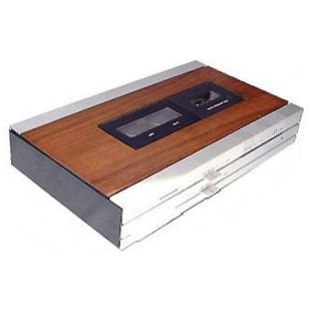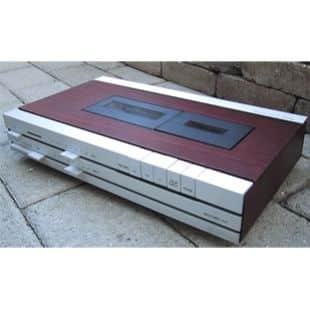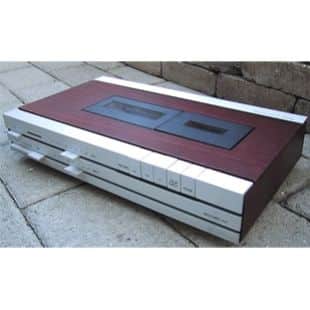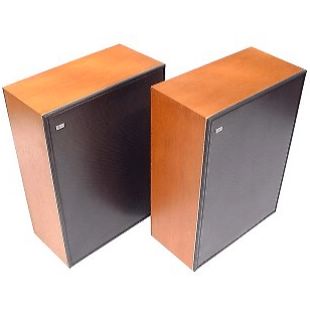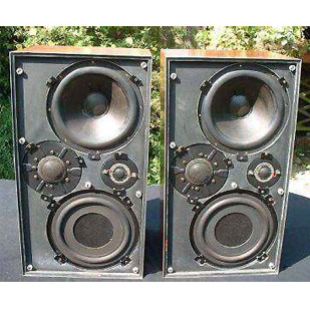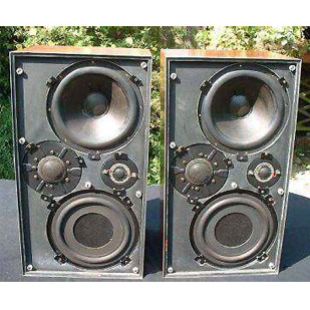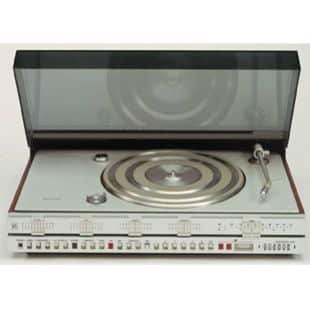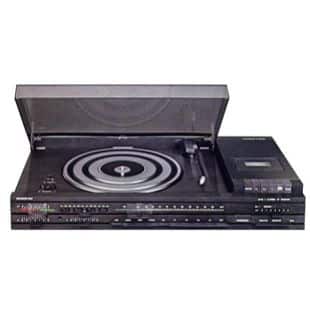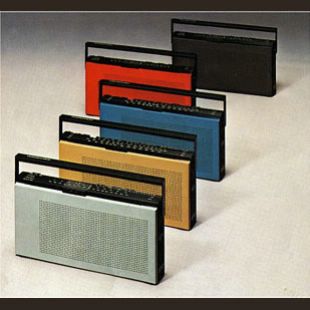BeoCord 5000 (1975)
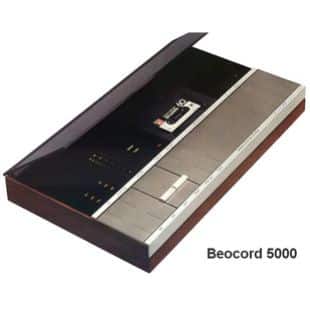
Beocord 5000 was a superior cassette deck with a Sendust tape head, dual capstans and a special servo drive system which secured low wow and flutter-data. Electronic recording level indicators (Peak Programme Meters) and the Fade in/Fade out functions facilitated exceptional recordings of the most demanding types of music. An automatic demagnetizing device helped ensure optimum signal/noise ratio at all times.
A Hall generator secured the most reliable automatic stop at the end of play. Because it worked electronically it was superior to mechanical systems which are always subject to wear and tear, stress and strain. Naturally Beocord 5000 incorporated Dolby B Noise Reduction circuits. You could also switch from fast forward to fast rewind, or normal play, without endangering your tapes or damaging the drive mechanism.
Despite these technological refinements Bang & Olufsen still didn’t forget the greatest advantage of the compact cassette – that of convenience. That’s why Beocord 5000 was so easy to use. The logically-arranged easy-touch buttons were clearly marked to aid simple, problem-free operation. An illuminated read-out panel told you the operational status of the deck at all times. The display could be read through the black Perspex cover which protected the cassette housing against dust. The unit had two peak programme meters which reacted faster than conventional VU meters in registering recording level and thus ensuring optimum recording quality.
There were two main design models in the Beocord 5000 range:the three head type 4705 was replaced in 1977 with the twin head 4715/4716 models.
What you need to know is that these were the only cassette deck with a B&O designed mechanism. It was designed to be to cassette decks what the Beogram 4000 was to record players. From a technical point of view, it was way ahead of its time.
However it was stupendously complicated and this hit reliability hard. The three head version hardly ever worked fully and the later two head was only a little better. Gorgeous to look at and packed with features, it will break your heart! B&O replaced this with the Beocord 8000, which had a bought in tape transport….

